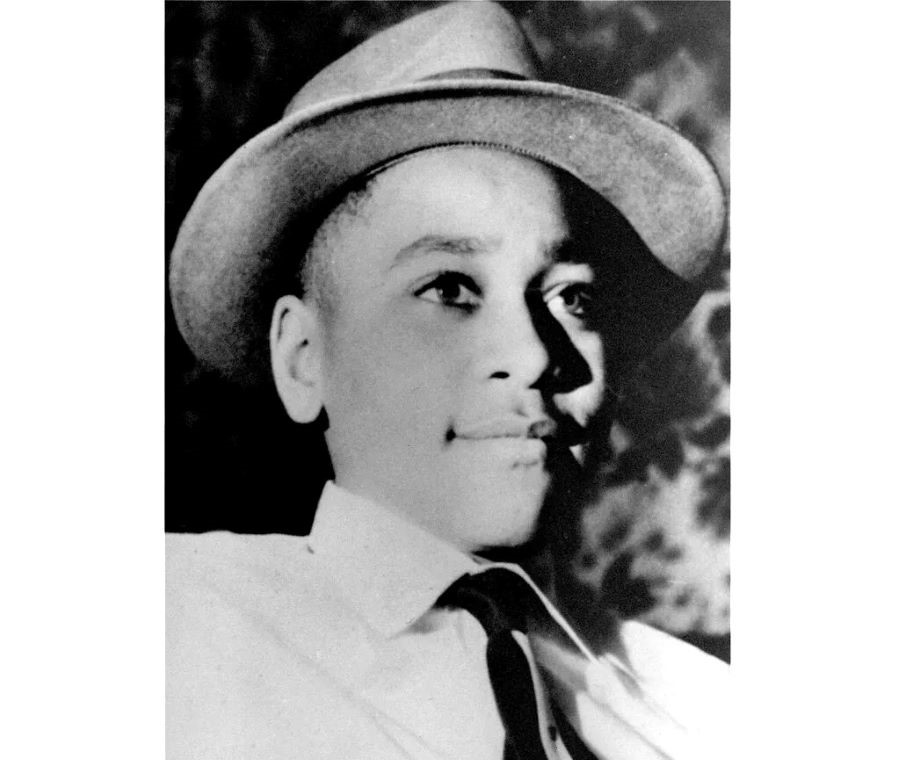By Elena Brown
When young Emmett Till first received his father’s ring, it was too big for him. By the summer of 1955, it finally fit snuggly on his middle finger. He wore it proudly during his trip from Chicago, Illinois, to Money, Mississippi. During his visit with relatives in the deep, unforgiving South, the symbolic reminder of his paternal predecessor remained on his hand.
Ten days after his arrival, when the 7th grade boy’s disfigured and decomposed body was pulled from the Tallahatchie River, his father’s ring was still there.
Till, whose nickname was “Bobo,” deserved a chance at a full life. He did not deserve to die, less than a month after his 14th birthday.

Yet, when his body was found – so badly mutilated that he was unrecognizable – it was the ring bearing initials “L.T.” and an inscription of “May 25, 1943,” that helped his uncle identify him.
Louis Till had the ring made in Casablanca, Spain, while serving in the Army during World War II. After being found guilty of “general misconduct,” in 1945, the Army executed the accused soldier.
The ring, his sole possession, was returned to his estranged wife, who gave it to her son. It was the only connection young Till had to his father – a man he would never come to know; who perished as a result of the same subjugation that ultimately led to his own demise.
Unlike his father, whose death is not memorialized in photographs and news clippings, Till’s death was a stark manifestation of the deep racial hatred recorded in history books.
The same racial hatred fuels dehumanization and systemic violence against Black people even now. 70 years later, the nation is staring down the barrel of the same smoking gun, wondering when the brutality will come to an end.




